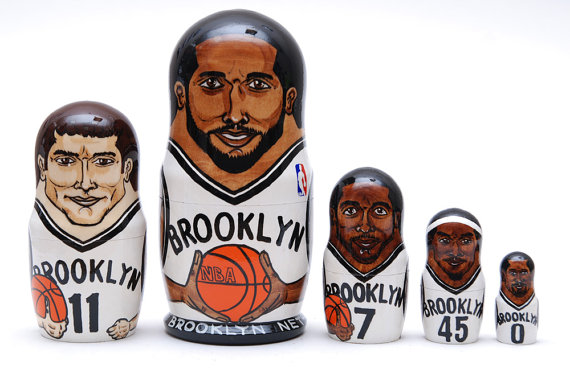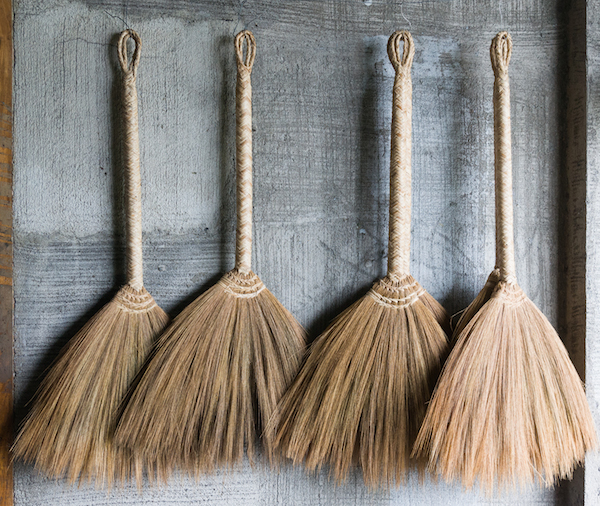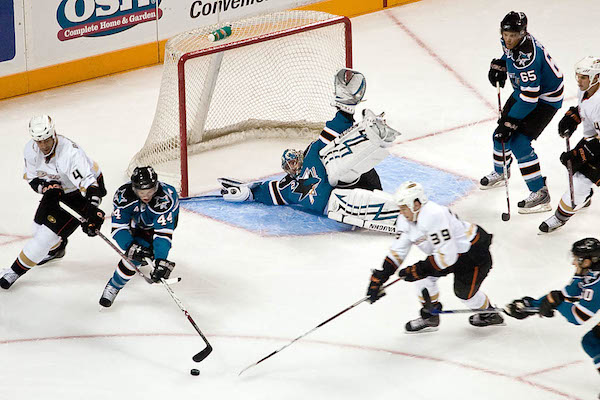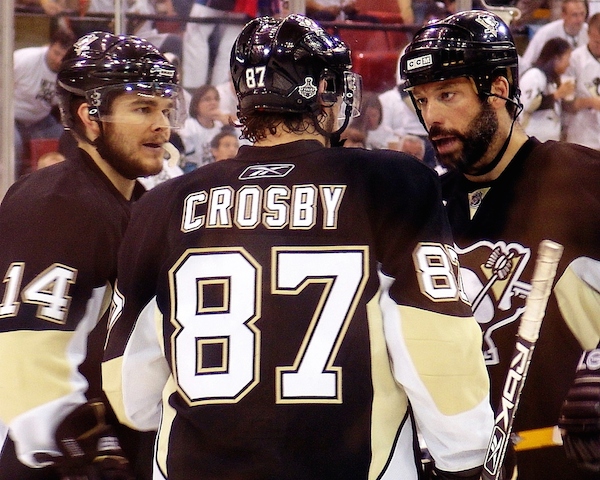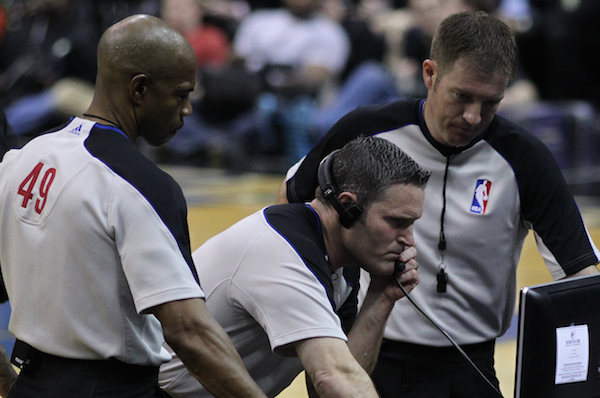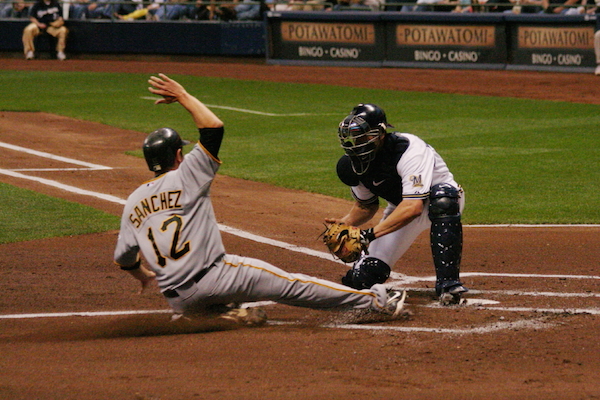Dear Sports Fan,
What are people talking about when they say “the original six” in hockey? Is this some hockey equivalent of original sin?
Curious in Connecticut
Dear Curious,
The “Original Six” is a phrase used to identify the six teams generally thought to be the founding members of the National Hockey League. It’s actually a little more confusing then that. There were other teams before these six but they all disbanded although some have now been reformed. That said, the Original Six: the Boston Bruins, Chicago Black Hawks, Detroit Red Wings, Montreal Canadians, New York Rangers, and the Toronto Maple Leafs are the only teams in today’s league that have operated consistently since the 1920s. For a period from 1942 to 1967 they were the only teams in the league. In 1967 the league expanded to twelve — six expansion teams joined the original six.
The reason you might be hearing more about the original six now is that two of the four remaining series’ in the playoffs feature two original six teams playing against each other. In the Eastern conference, the New York Rangers are playing the Boston Bruins and in the Western Conference the Detroit Red Wings are playing the Chicago Black Hawks.
These six teams continue to have a luster, an elite atmosphere, a je ne sais pas that divides them from the rest of the teams in the league. They are hockey aristocracy, the blue bloods of the National Hockey League. Even though the Pittsburgh Penguins are this year’s favorite to win the Stanley Cup, their series vs. the Ottawa Senators feels indescribably less important than the ones involving original six teams. And it’s not just me. You can see objective evidence in how the the league and their television network partners schedule the games. This weekend they had four games to schedule and gave both the best slots to matchups of the Original Six. Detroit versus Chicago got the Saturday prime-time Hockey Night in Canada slot. Of the two games on Sunday, the favorable Sunday afternoon slot went to New York versus Boston while the Pittsburgh versus Ottawa game goes up against Mad Men and Game of Thrones on Sunday night.
It’s hard to describe why the concept of the Original Six still has meaning. Perhaps it’s that they’ve won so much. Obviously, when there were only six teams to challenge for the Stanley Cup, it’s natural that some of them would win a lot, but the distance between the Canadiens, with 24 Stanley Cups, and the rest is remarkable. The top non-Original Six team, the Edmonton Oilers, won the cup six times and they needed the great Wayne Gretzky to do that! Maybe it’s because the Original Six have remained so consistent in their look. Most of them have resisted the temptation to fiddle with their uniform, preferring to play off their history rather than sully themselves with seasonally popular fads like teal or v-necks. Compare how little the Maple Leafs have changed their jerseys since 1927 to the radical and constant shifts the Vancouver Canucks seem unable to prevent themselves from making.
The thing that I find most remarkable about the Original Six is that it seems like however they were selected, through design or coincidence, they really are the right six teams. In 2012, the original six teams were the six biggest hockey markets as listed in Forbes magazine. According to Forbes, “the sport’s three most profitable teams–the Maple Leafs ($81.9 million), Rangers ($74 million), Canadiens ($51.6 million)–accounted for 83% of the league’s income.” Compare this success to other “original numbered things,” like the 10 original amendments to the U.S. constitution (the second one is definitely unclear and maybe should be re-written) or the 10 Commandments (at the very least, there is debate over how to number them, although the late George Carlin thought the problems went deeper.)
Hope this answered your question and that we become one of your Original Six blogs!
Ezra Fischer


